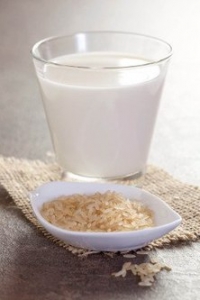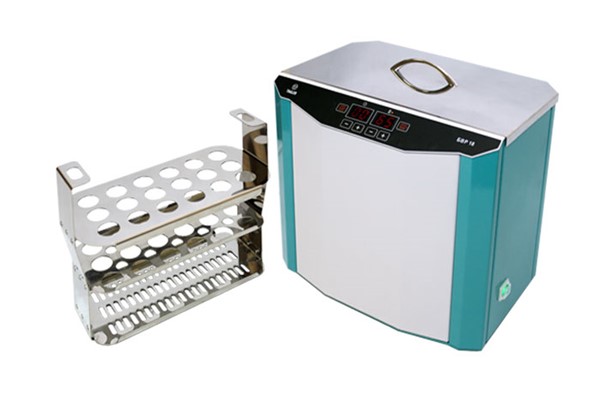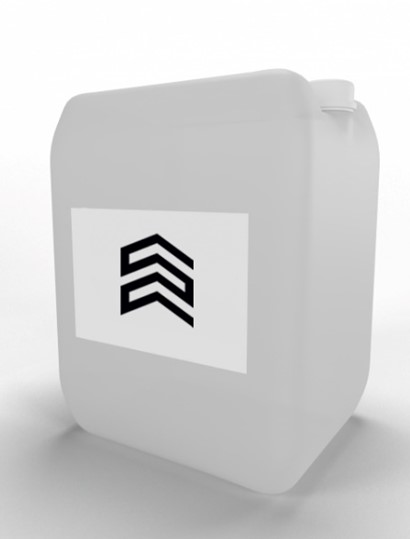Sterilized, pasteurized and fresh milk: what is the difference and which is healthier?

Photo is illustrative in nature. From open sources.
Sterilized, fresh and pasteurized MILK are three different types of milk, each with its own characteristics. Let's look into the nuances.
Pasteurization and sterilization are methods of heat treatment of milk that destroy harmful microorganisms and extend its shelf life. The main difference between pasteurization and sterilization is the temperature level at which the treatment occurs.
There are three types of pasteurization: long-term - 30-minute holding at a temperature of about 65 degrees; short-term - 20-second holding at a temperature of 72 degrees; high - 90 degrees without subsequent holding.
Pasteurized milk retains almost all of its useful components. Some manufacturers use the ultra-pasteurization method, in which milk is heated to a temperature of 130 degrees for a very short period of time and then quickly cooled. This process does not affect the level of calcium and other microelements, but can lead to partial destruction of some vitamins contained in milk.
During the sterilization process, the milk temperature rises above 130 degrees and is maintained at this level for about half an hour. This method of processing destroys all microorganisms, and sterilized milk loses its nutritional value.
Fresh milk is a product that has not undergone any heat treatment. it is believed that fresh milk retains all its natural properties and vitamins, but the risk of contamination with pathogenic bacteria (for example, salmonella or E. coli) is extremely high.
Pasteurization and sterilization are methods of heat treatment of milk that destroy harmful microorganisms and extend its shelf life. The main difference between pasteurization and sterilization is the temperature level at which the treatment occurs.
There are three types of pasteurization: long-term - 30-minute holding at a temperature of about 65 degrees; short-term - 20-second holding at a temperature of 72 degrees; high - 90 degrees without subsequent holding.
Pasteurized milk retains almost all of its useful components. Some manufacturers use the ultra-pasteurization method, in which milk is heated to a temperature of 130 degrees for a very short period of time and then quickly cooled. This process does not affect the level of calcium and other microelements, but can lead to partial destruction of some vitamins contained in milk.
During the sterilization process, the milk temperature rises above 130 degrees and is maintained at this level for about half an hour. This method of processing destroys all microorganisms, and sterilized milk loses its nutritional value.
Fresh milk is a product that has not undergone any heat treatment. it is believed that fresh milk retains all its natural properties and vitamins, but the risk of contamination with pathogenic bacteria (for example, salmonella or E. coli) is extremely high.
Read together with it:
- ФАО: мировые цены на продовольствие снижаются второй месяц подрядДжим Вайкофф Среднее значение Индекса цен на продовольствие ФАО в октябре составило 126,4 пункта, снизившись с пересмотренного значения в 128,5 пункта в сентябре, что представляет собой небольшое снижение в годовом исчислении и на 21,1% ниже пикового значения в марте 2022 года. Лидером снижения стал сахар: его субиндекс упал на 5,3% до самого низкого уровня с декабря 2......
- Беларусь и Нигерия намерены придать новый импульс торгово-экономическому сотрудничествуФото Минсельхозпрода 17 ноября, Минск. Беларусь в ближайшее время планирует провести встречу с бизнес-кругами Нигерии. Такие планы намечены после встречи заместителя министра сельского хозяйства и продовольствия Александра Яковчица с делегацией нигерийского штата Кацина, которую возглавил губернатор Дикко Умару Радда, сообщили БЕЛТА в пресс-службе Минсельхозпрода. Стороны обсудили возможности торг...
- He crawled to the icon with prayer. The true story of a man who overcame drug addiction.Alexander Ovchinnikov. Topic News. Our project's hero was a drug addict for many years. The thought that this was a dead end never left him, but his addiction proved stronger. One day, when he could no longer walk, he crawled to an icon in prayer. This became his first step toward a new life. Today, he heads a charity center that helps those who have given up hope and are unable to quit ALCOHOL an...
- Rosselkhoznadzor has banned meat imports from two Belarusian enterprises due to violations.In addition, three other Belarusian producers are now subject to strict laboratory monitoring due to initial deviations: azithromycin was found in poultry MEAT from Druzhba Poultry Farm, and the pesticide imidacloprid was found in honey from Pchalyar Polachchyny Farm. Powdered MILK from Luninetsky Dairy Plant was also found to containcoli bacteria . These measures were taken at the request of the ...
- By the end of the year, a new milk yield record will be set here! What's the secret to Velikiy Dvor's success?News Topics: Located in the heart of the Stolbtsy District is Velikiy Dvor, a company rightfully considered the flagship of the agricultural sector. it employs a team of experienced professionals and a stable system that allows for the efficient use of every hectare of land. Our correspondent learned about the records the enterprise has achieved this season. Groundwork for the Future Harvest: On i...
- How is the goat sausage that Lukashenko praised made? We reveal the secrets of the production process.Video screenshot. Topic news. The best motivation for any business is grateful reviews from its customers. And if your products are praised by the HEAD of state, it also comes with a great deal of responsibility. Now you are responsible for the quality of your goods to the consumer, practically at the national level. In July 2......
- Брянская область вошла в число лидеров среди регионов России по товарообороту на БУТБ12 ноября, Минск. Брянская область вошла в число лидеров среди регионов России по товарообороту на Белорусской универсальной товарной бирже. Об этом сообщили БЕЛТА в пресс-службе БУТБ.Согласно данным о сделках, заключенных резидентами РФ на Белорусской универсальной товарной бирже в январе - октябре 2......






























































